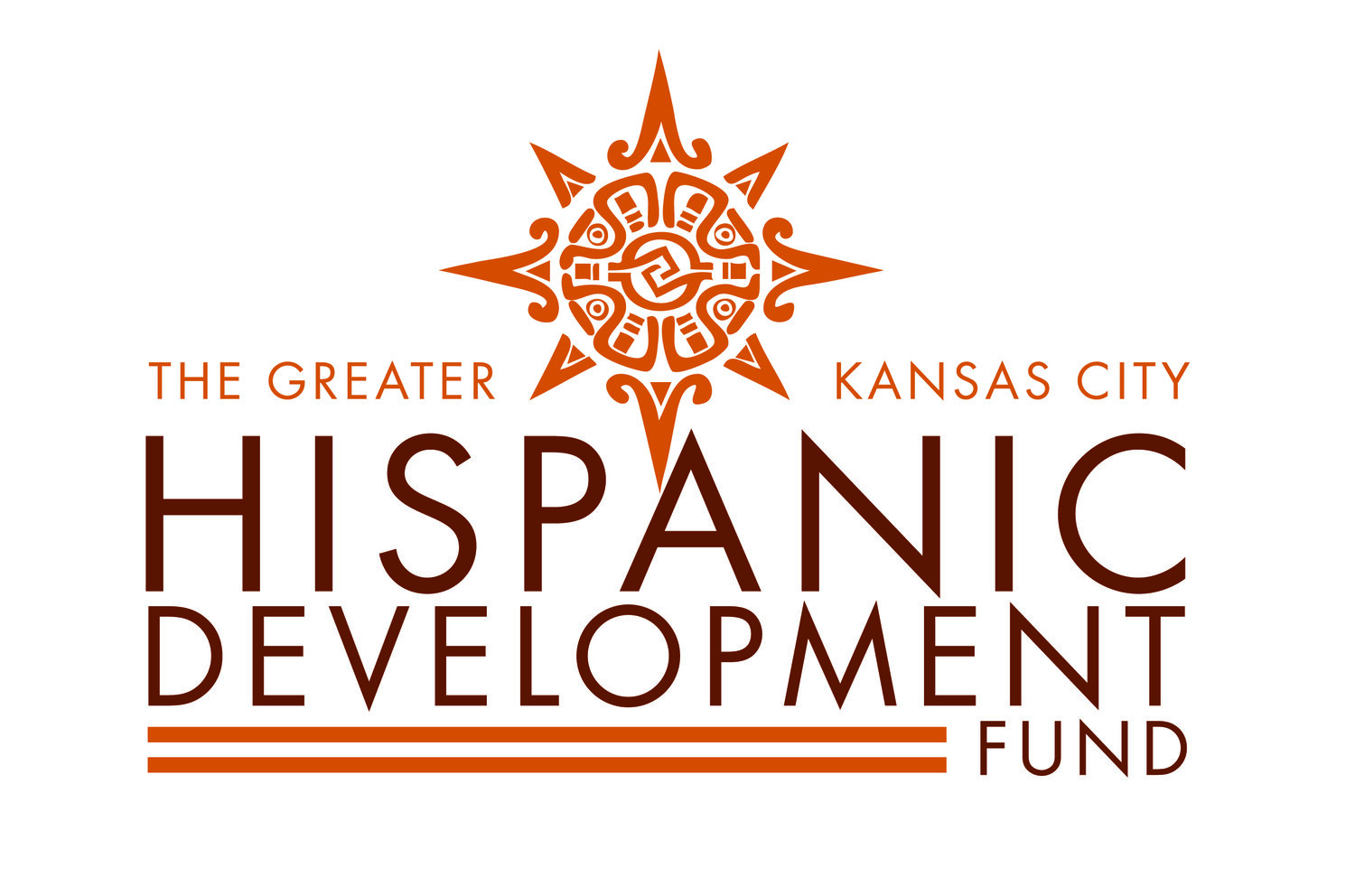
Frequently Asked Questions
🎯 General College Information
-
Community college: Usually offers 2-year associate degrees and certificates. Lower cost, open admission, and often a pathway to transfer to a 4-year school.
Technical/vocational college: Focuses on hands-on training for specific careers (e.g., welding, medical assistant, automotive tech).
University: Offers bachelor’s, master’s, and doctoral degrees with a wide variety of majors and research opportunities.
-
Consider location, cost, size, majors offered, campus culture, and support services. Visit campuses, talk to current students, and compare programs.
-
In-state tuition is the lower rate you pay if you’re a resident of the state. Out-of-state tuition is higher and applies to students from other states.
-
A major is your main field of study. A minor is a smaller concentration in another subject. Example: Major in Biology, minor in Spanish.
-
Core classes that all students must take, regardless of major, such as English, math, science, and history.
-
Associate degree: 2-year program (often at community colleges).
Bachelor’s degree: 4-year program (universities and some colleges).
-
Accreditation means a school meets quality standards. It matters for transferring credits, getting financial aid, and employer recognition.
💰 Financial Aid & Paying for College
-
The Free Application for Federal Student Aid opens October 1 each year. Complete it early to maximize your aid.
-
Grants: Free money (based on need).
Scholarships: Free money (based on merit, need, or other factors).
Loans: Borrowed money you must repay.
Work-study: Part-time job on campus.
-
Check with your high school counselor, local organizations, and online databases. Apply early and often.
-
Subsidized: Government pays interest while you’re in school.
Unsubsidized: You’re responsible for all interest from the start.
-
Housing, food, books, transportation, personal expenses, and fees can add thousands to the cost.
-
Most schools offer payment plans. Talk to the financial aid office before missing a payment to avoid holds or late fees.
📝 Admissions & Applications
-
Early Action: Apply early, get a decision early, non-binding.
Early Decision: Apply early, get a decision early, binding if accepted.
Regular Decision: Standard deadline and timeline.
-
Grades, course rigor, test scores (if required), extracurriculars, essays, and recommendations.
-
Many schools are test-optional, but some still require them. Check each college’s policy.
-
We recommend at least three: “reach,” “target,” and “safety” schools.
-
A personal statement that shows who you are beyond grades and test scores. Very important for holistic admissions.
-
An online application platform you can use to apply to multiple colleges at once.
🏫 Campus Life
-
On-campus: Easier access to resources, built-in community, often required for freshmen.
Off-campus: More independence, sometimes cheaper.
-
A pre-paid plan for campus dining. Choose based on your eating habits and whether you’ll cook.
-
Attend club fairs, check bulletin boards, and follow campus social media.
-
Yes, but balance is key. Many students work part-time, especially through work-study programs.
-
Some schools have counseling centers, health clinics, peer support groups, and wellness programs.
🎓 Academics & Support
-
Professor: Full-time faculty.
Adjunct: Part-time instructor.
Teaching Assistant (TA): Graduate student helping teach a course.
-
Office hours are set times professors are available to meet. Use them for questions, advice, and building relationships.
-
You may retake it to improve your grade, but it may affect financial aid eligibility and expected graduation date.
-
Full-time is usually 12–15 credit hours (4–5 classes).
-
Full-time: 12+ credits. Part-time: fewer than 12 credits, often with a lower tuition rate but slower progress to graduation.

